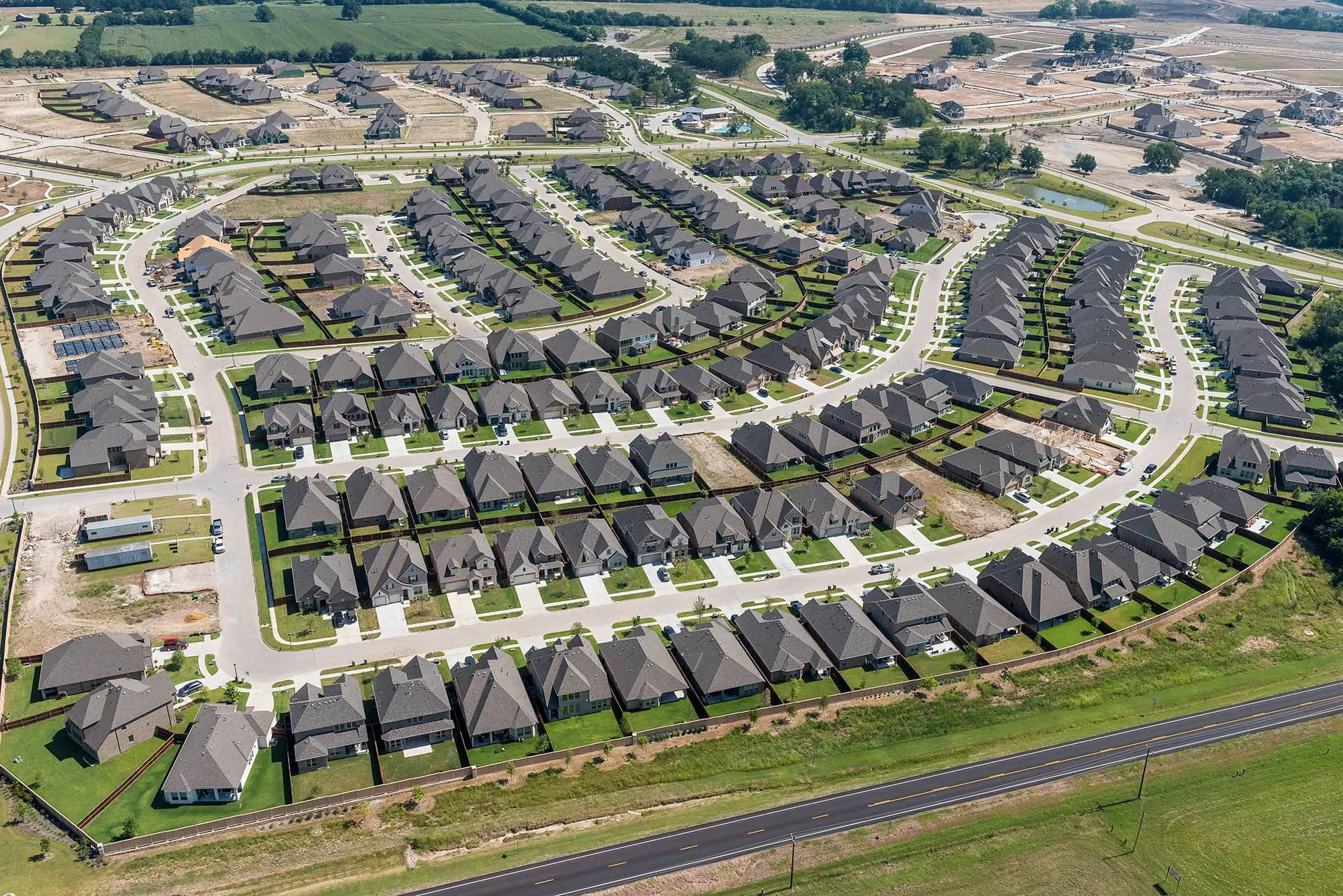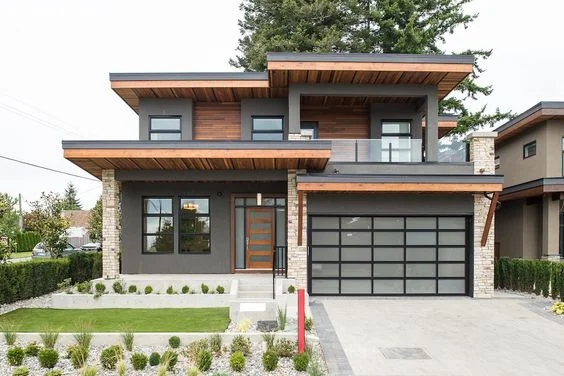
“Adapting Homes for Aging in Place: Designing Spaces for an Aging Population”
**Introduction:**
As the global population continues to age, the concept of “aging in place” has gained prominence as a preferred living arrangement for seniors. This article explores the crucial role of thoughtful design in adapting homes to meet the evolving needs of an aging population, ensuring comfort, safety, and independence in their living spaces.
**1. **Understanding Aging in Place:**
Aging in place refers to the desire of seniors to live in their own homes independently for as long as possible. To support this choice, homes need to be adapted to accommodate changing physical abilities and potential health challenges associated with aging.
**2.** **Universal Design Principles:**
Incorporating universal design principles is essential when adapting homes for aging in place. Features such as wide doorways, no-step entries, lever-style door handles, and open floor plans enhance accessibility for individuals with varying degrees of mobility.
**3.** **Bathroom Accessibility:**
Bathrooms pose specific challenges for seniors, and modifications are often necessary. Installing grab bars, non-slip flooring, and walk-in showers can significantly enhance safety. Additionally, raising the height of toilets and incorporating accessible storage solutions contribute to a more user-friendly bathroom environment.
**4.** **Kitchen Modifications:**
The kitchen is a central hub of any home, and adapting it for aging in place involves making key adjustments. Lowering countertops, installing pull-out shelves, and ensuring easy reach to commonly used items minimize the risk of accidents and make the kitchen more user-friendly for seniors.
**5.** **Smart Home Technology:**
The integration of smart home technology can greatly enhance the safety and convenience of aging in place. From voice-activated controls for lighting and thermostats to smart home security systems, technology can provide seniors with greater control over their living environment.
**6.** **Ample Lighting and Contrast:**
Good lighting is crucial for individuals with aging eyesight. Adapting homes for aging in place involves ensuring ample natural and artificial lighting. Additionally, incorporating high-contrast elements, such as handrails with a contrasting color to the wall, aids individuals with visual impairments.
**7.** **Outdoor Accessibility:**
Creating an accessible outdoor space is equally important. Installing ramps instead of stairs, non-slip pathways, and well-lit outdoor areas contribute to a safe and enjoyable outdoor experience for seniors.
**8.** **Flexibility and Multifunctionality:**
Designing spaces with flexibility and multifunctionality in mind allows seniors to adapt their homes to changing needs. Rooms that can serve multiple purposes, such as a bedroom that can double as an office, provide versatility for individuals as they age.
**Conclusion:**
Adapting homes for aging in place is a proactive approach to addressing the evolving needs of our aging population. Through thoughtful design considerations that prioritize accessibility, safety, and comfort, homes can become nurturing environments that support seniors in maintaining their independence and quality of life. As we continue to age as a society, the importance of creating living spaces that cater to the needs of seniors becomes increasingly paramount.



